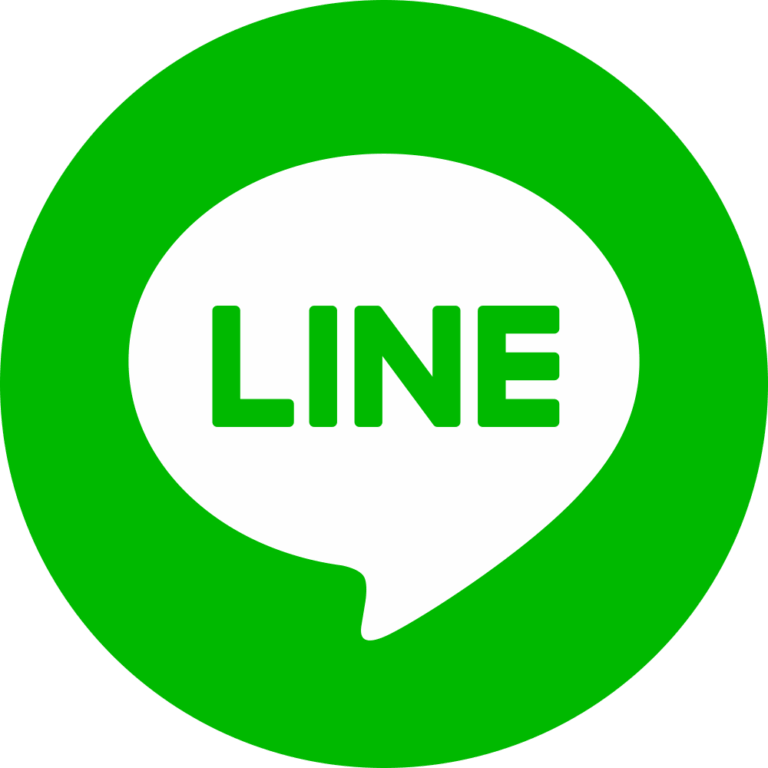
Introduction
Datelines are a critical element in journalism, serving as a timestamp and indicating the location from which reporting originates. As news consumption continues to evolve in the digital age, the function and relevance of datelines remain paramount. They not only provide context and credibility to news articles but also guide readers in understanding the timeliness of the information presented. In today’s fast-paced news cycle, the proper usage of datelines has become more important than ever.
The Role of Datelines in News Reporting
A dateline typically includes the city where the story was reported, as well as the date of publication. For example, a dateline might read: “Toronto, ON, April 1, 2024.” This informs readers where the information comes from, which is particularly significant in global reporting or stories covering distant events. Additionally, it reassures audiences about the story’s authenticity and helps them gauge the relevancy of the information based on its publication date.
Recent trends in journalism have seen an evolution in how datelines are used. With the rise of mobile journalism and citizen reporting, there is an increased emphasis on including precise details in datelines, such as geographical coordinates or contextual information about the location. This shift helps to enhance transparency and accuracy in reporting.
Challenges and Considerations
Journalists today face several challenges surrounding the use of datelines. In an era of rapid news consumption and dissemination through social media, the temptation to publish information without proper verification has increased. This can lead to misinformation, undermining the credibility of news outlets. Thus, maintaining the integrity of datelines is crucial for ethical journalism.
Moreover, the globalization of news means journalists may report from various locations, complicating the straightforward application of datelines. Some news organizations have adapted by developing flexible standards that account for remote reporting and multi-location stories, but this can lead to confusion among readers if not implemented clearly.
Conclusion
In summary, datelines serve as essential components of news articles, providing necessary context regarding the timing and location of reporting. As the landscape of journalism continues to change, the critical role of datelines remains steadfast, emphasizing the need for credible and transparent reporting practices. For readers and news consumers, understanding the purpose of datelines enhances their ability to critically engage with news, deciphering which stories are timely and relevant. Looking forward, we can expect an ongoing dialogue within journalism about best practices related to datelines as digital communications progress.



